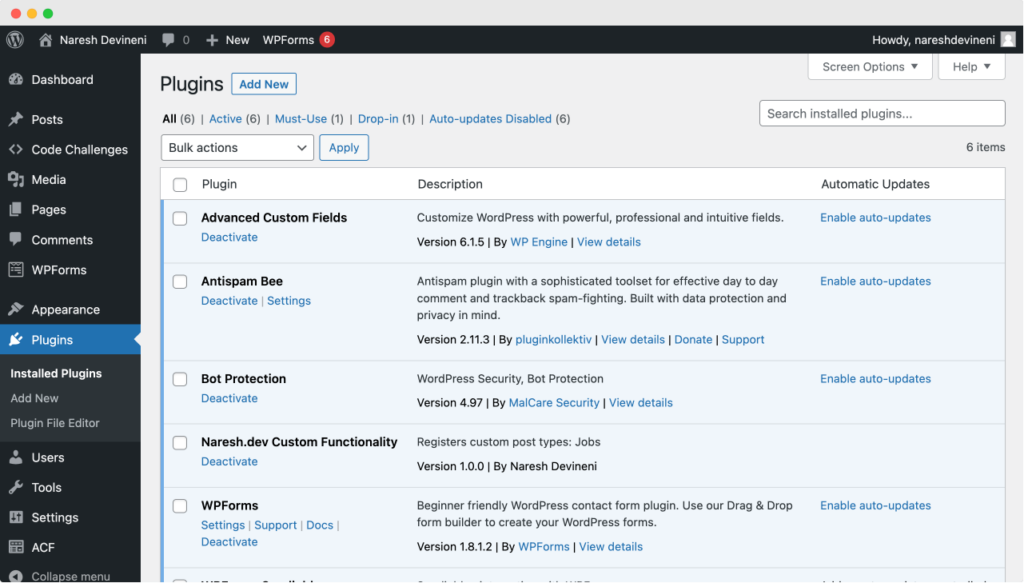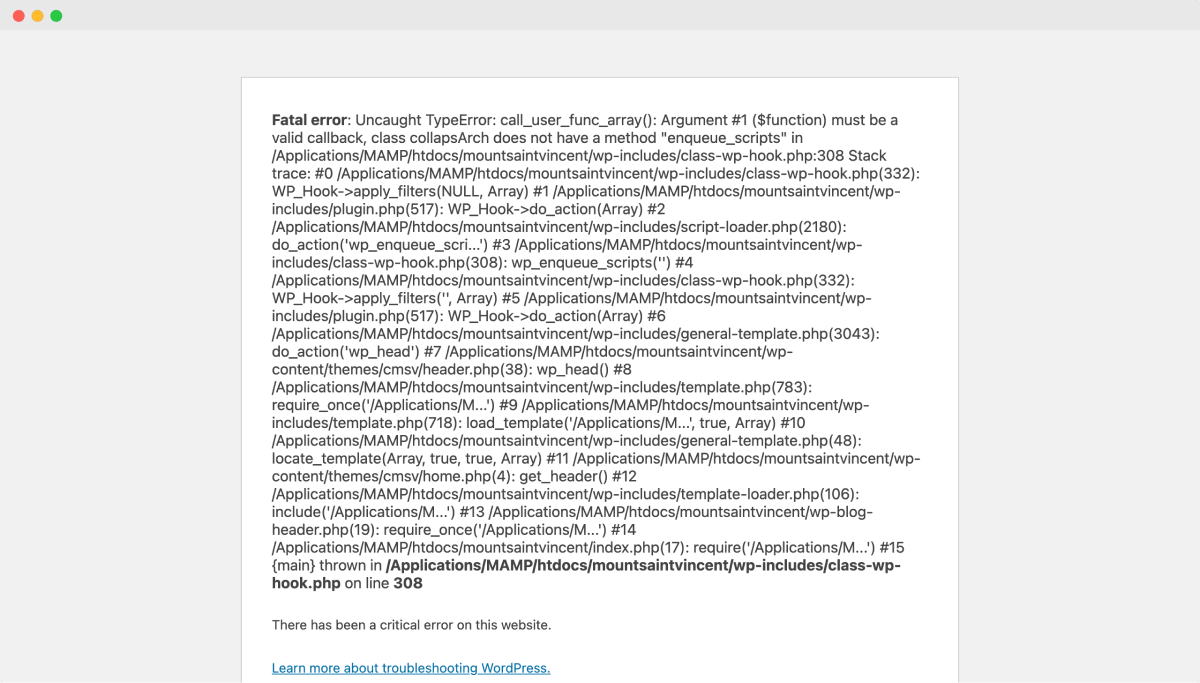Plugin management best practices
Now that you fully understand WordPress plugins, it is important to realize that plugins are a double-edged sword.

Plugins can give you what you want, but if you’re not careful, they will break your site and the wallet at the same time.
But don’t worry1.
Following some best practices will keep you in a safer place.
We are already familiar with a couple of those best practices:
- Read the reviews before installing the plugin
- Install plugins that are highly rated and actively maintained.
And here are the rest:
Remove plugins that are not being used frequently
Some plugins are only for temporary use, and their necessity is infrequent.
For example, we only need the “Regenerate thumbnails” plugin when we have created custom thumbnail sizes for our website, and this is pretty rare.
So this plugin’s use is temporary and must be deleted as soon as we are done using it.
Here is the list of such plugins:
- Migration plugins like Duplicator, WP DB Migrate Pro, etc.
- Image compression plugins like Imagify, EWWW, Shortpixel, etc.
- Database cleanup plugins
- File manager plugins like Firebird, File Manager Advanced, etc.
- Page duplication plugins such as “Page Duplicator”
Don’t let them impact your website negatively.
So, delete them as soon as their usage is over and install them back when you need them again.
Just because you can easily install plugins, it doesn’t mean you should install a lot of plugins
A high number of active plugins is associated with the following:
- Reduced website performance
- Increased hacking attacks
- Increased errors on the website
And the reason behind this is pretty simple.
Many plugin developers don’t know or care about code quality.
Only some developers make it their priority to write good-quality plugins.
So, most plugins out there in the WordPress community are of:
- Low quality in terms of performance
- Error-prone
- Lacks security best practices
So, by keeping your plugin count to a minimum, you can reduce the risks mentioned above.

Okay! But how do I know which plugin is good or bad.
It is tough, but you can:
- Read the plugin reviews before installing it
- See if the plugin is being actively maintained
That is all you can do.

Nice! What is the best plugin count?
There is a silver bullet here because every site’s purpose is different.
Less than 20 active plugins are ideal, but this is impractical for complex websites.
The plugin count on my business websites is usually less than 10.

Make sure your active plugins are compatible with the latest version of PHP.

WordPress is a CMS software written using the PHP programming language.
And just like any programming language, new versions of PHP will get released every year.
With every new version release of PHP, these things happen:
- New features will get shipped
- Some of the old features will get deprecated (can no longer be used)
- The WordPress core software is always two steps ahead and supports the new version of PHP.
- Your web host (if any good) will automatically upgrade their servers to use the latest version of PHP.
Because of these things, if your plugins are not compatible with the latest version of PHP, WordPress will throw fatal errors that look ugly to our front-end visitors and destroys the website’s reputation.
This happened to many of my clients who were using plugins that were using old PHP code without updating them to newer standards, and it proved costly to them.
So, you need to ensure your plugins are compatible with the latest version of PHP.
If not, find other good alternatives because there are many :)
The Conclusion
Following these best practices will make it almost impossible to break your website.
And that’s all you need to know about plugins for now.
In the next module, we will transform our blog into a business website.

 © 2025 UsableWP. A project by Naresh Devineni.
© 2025 UsableWP. A project by Naresh Devineni.